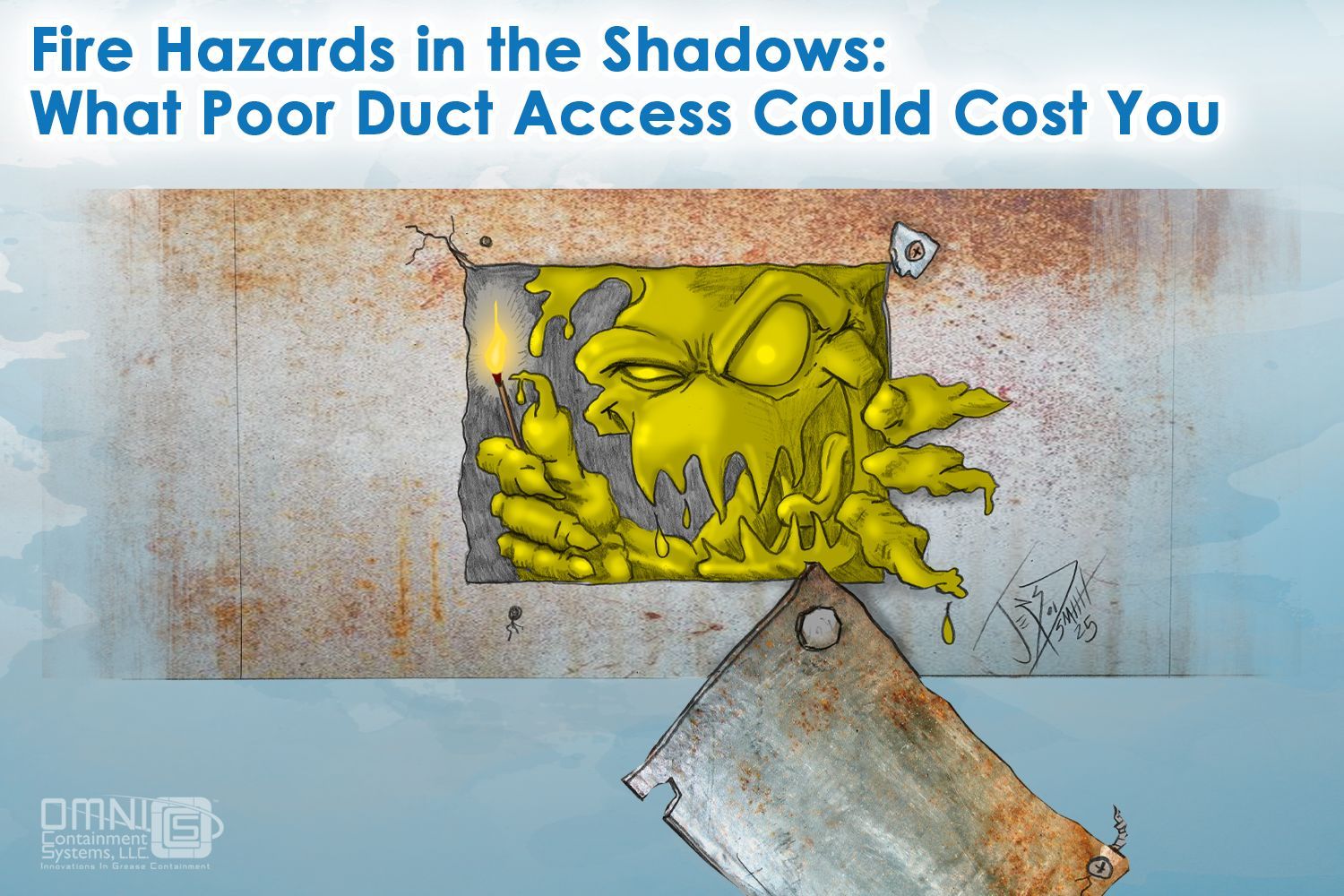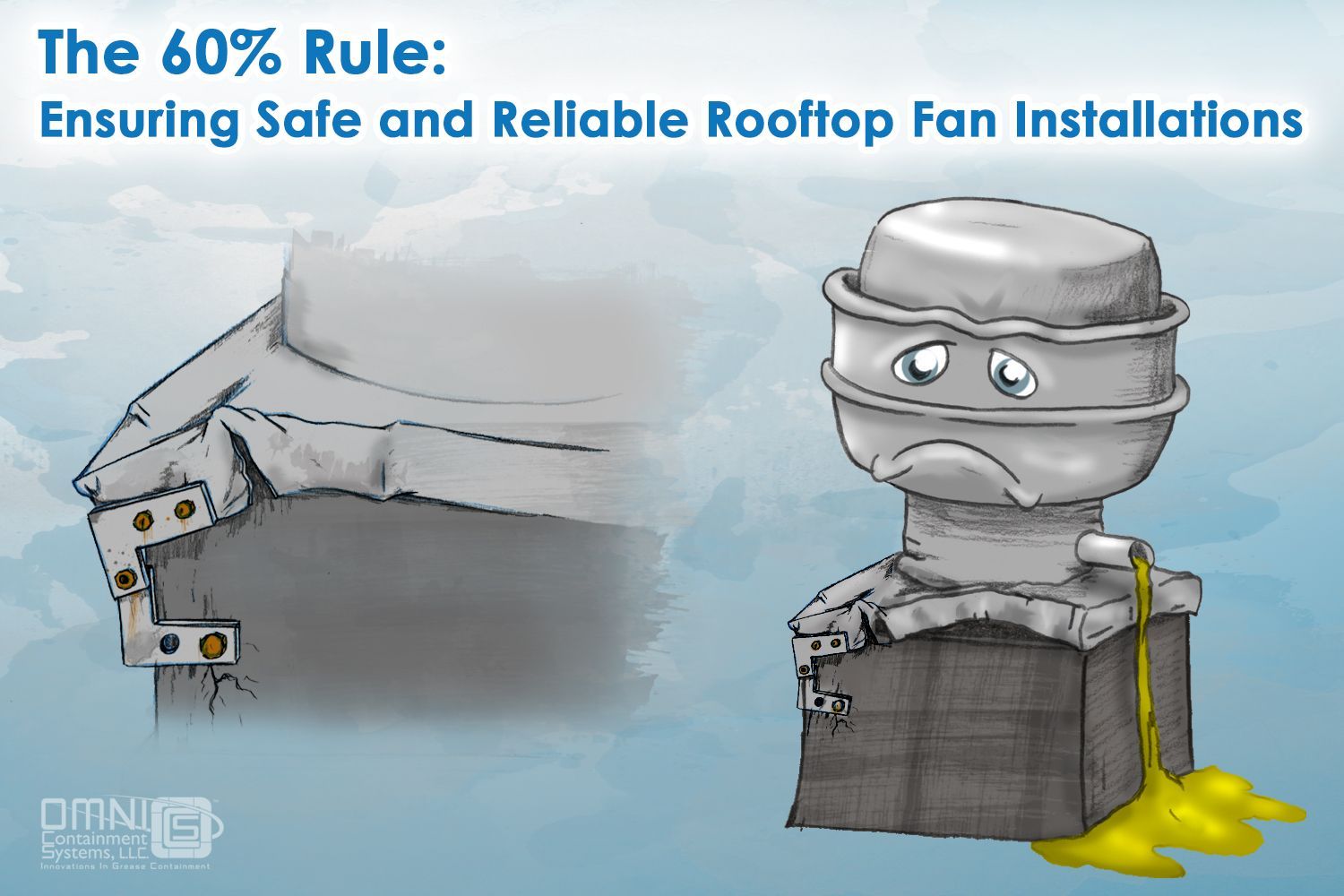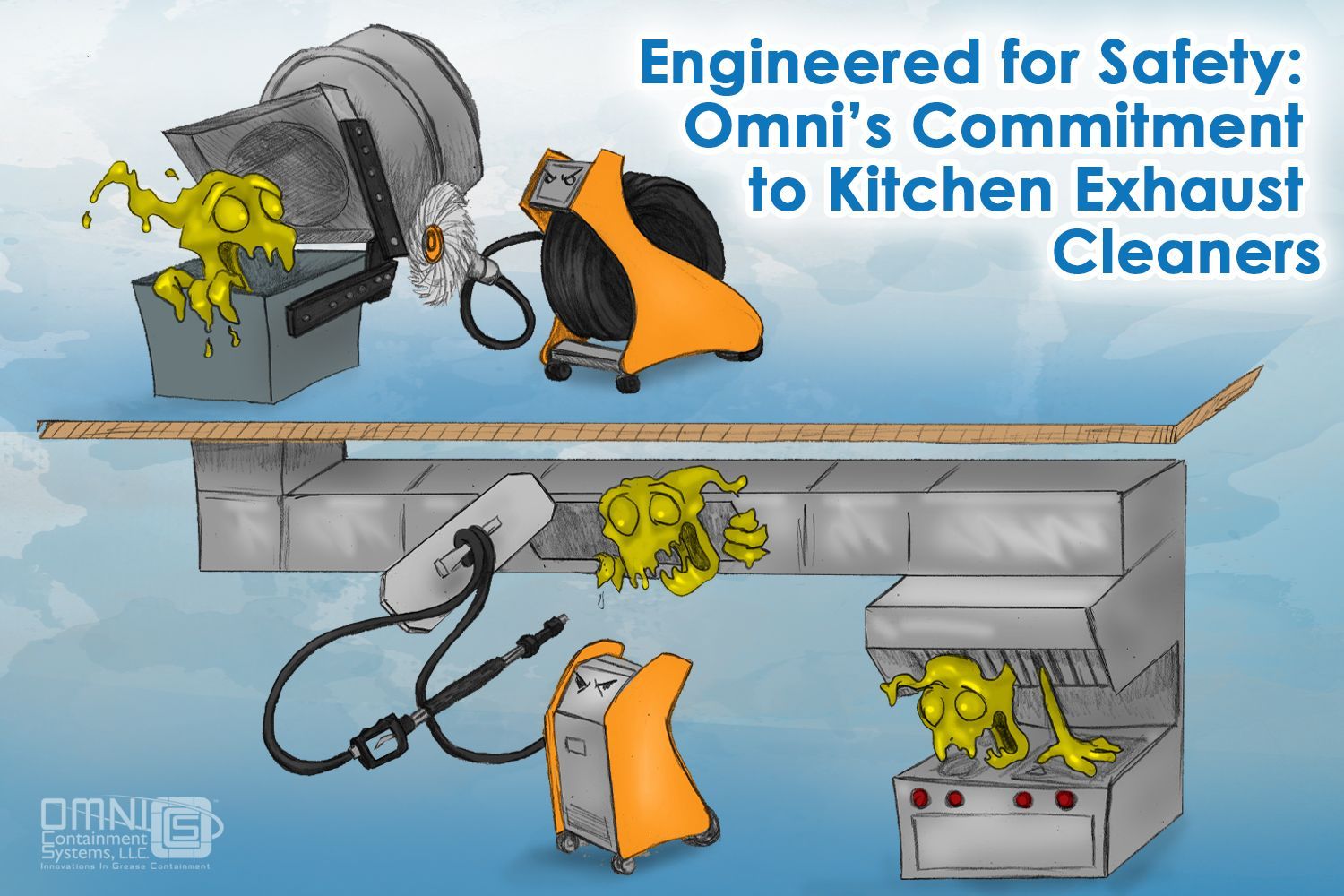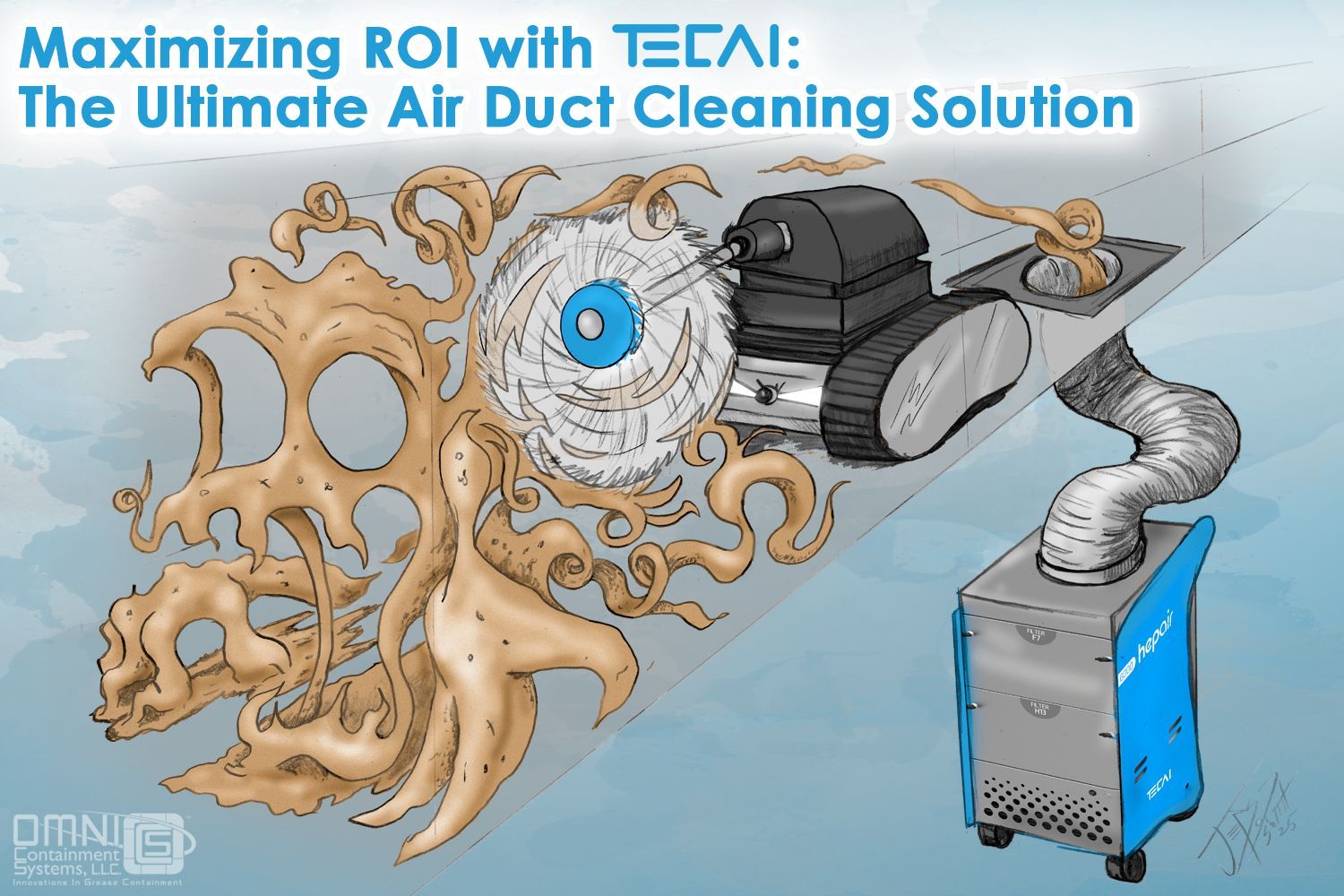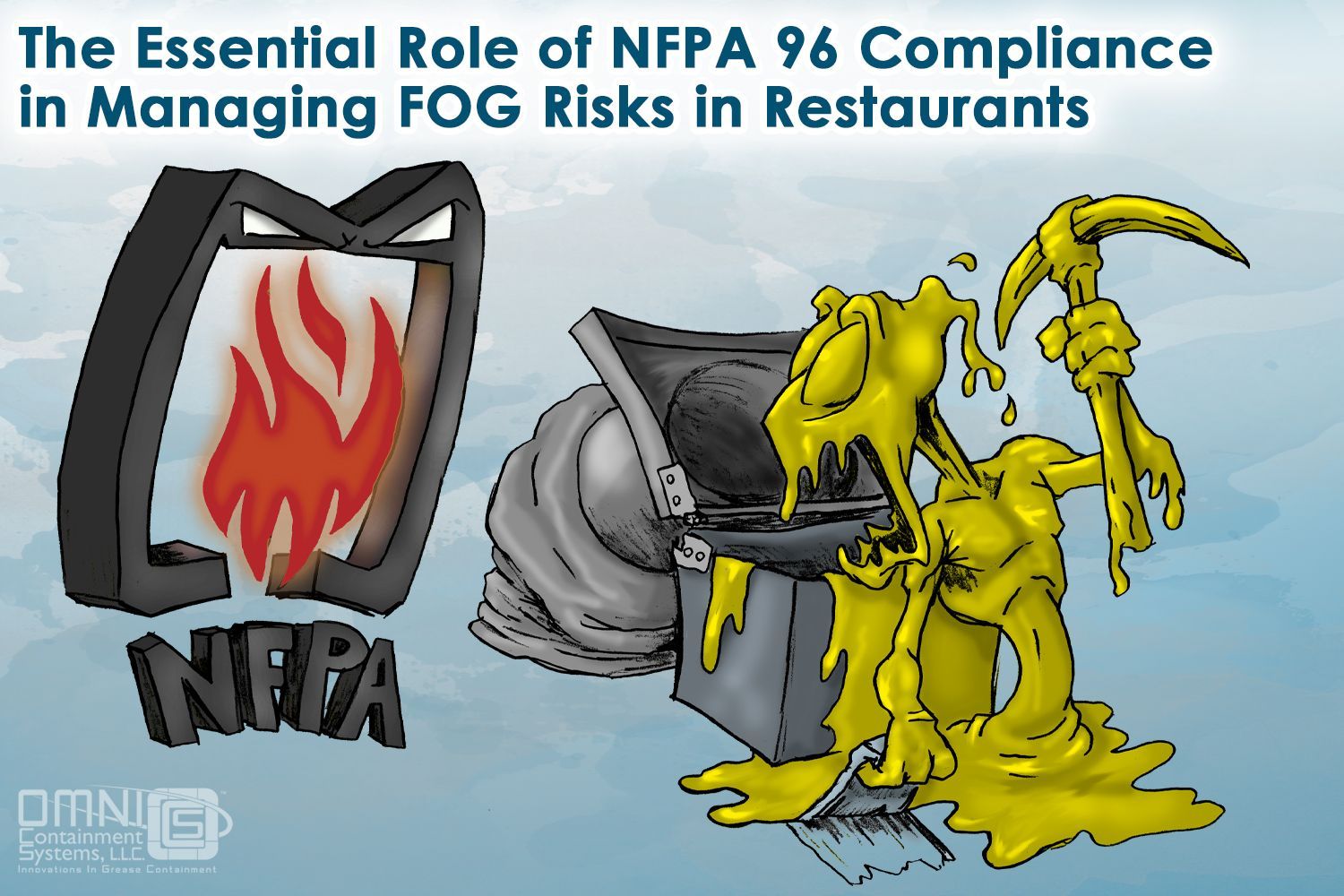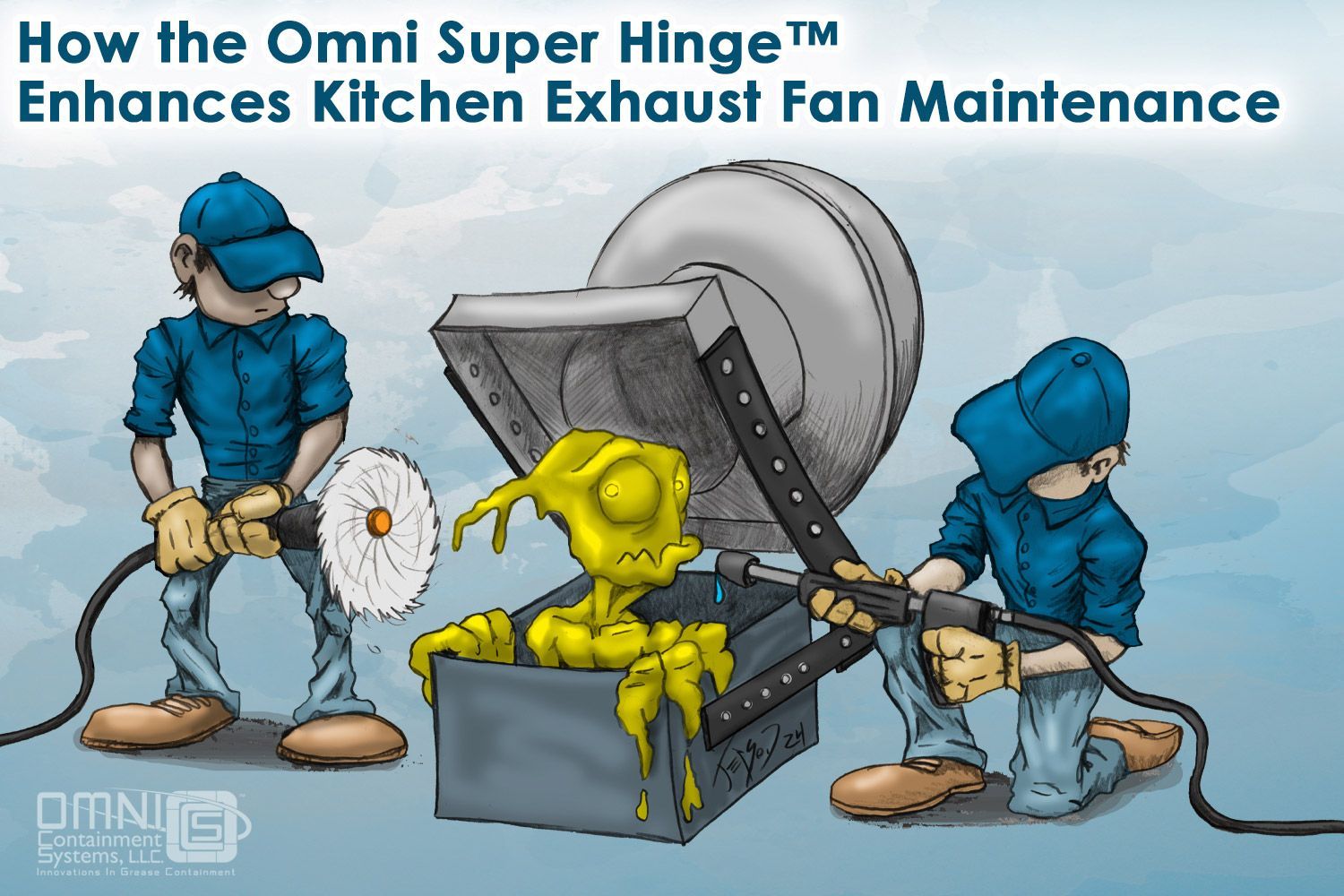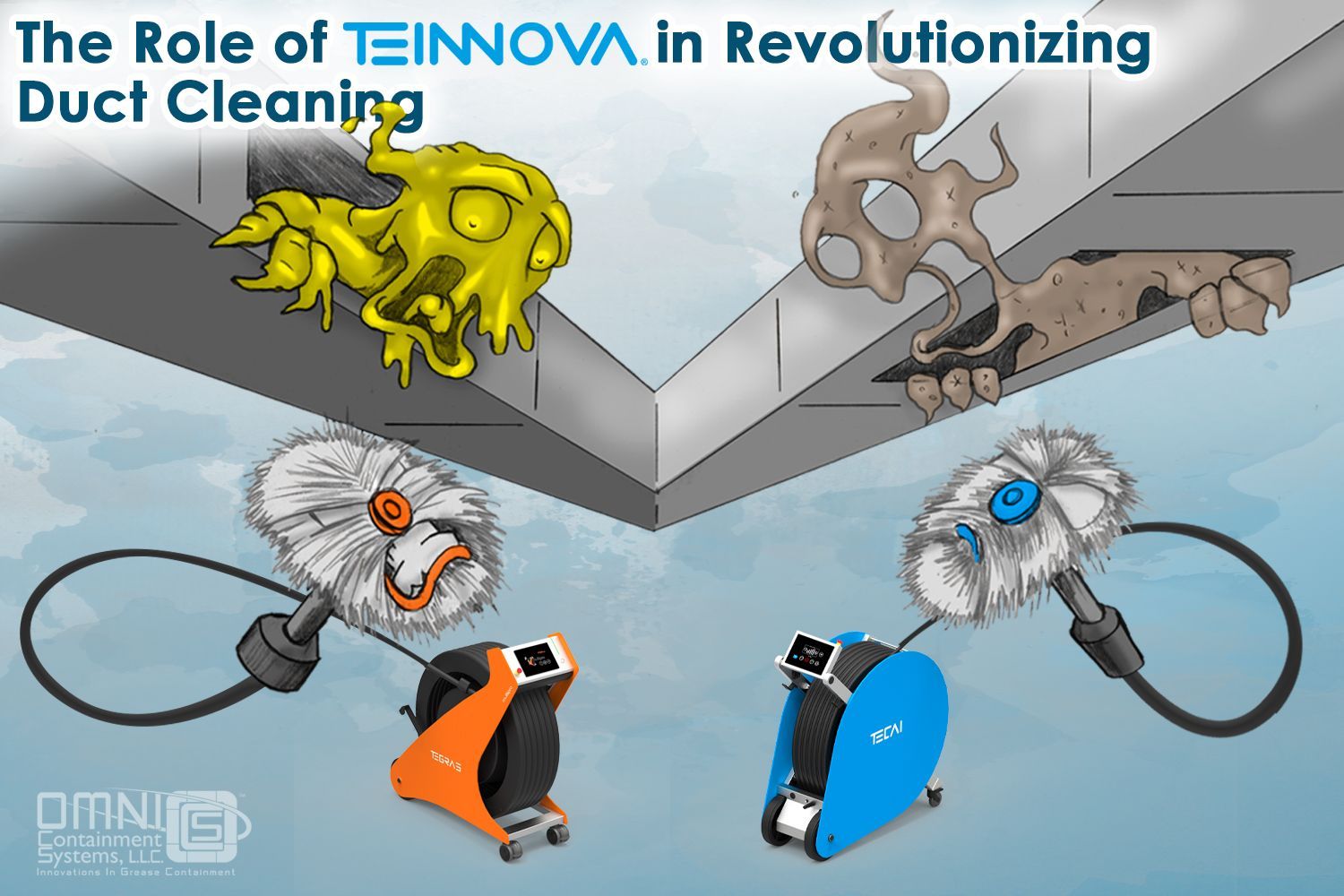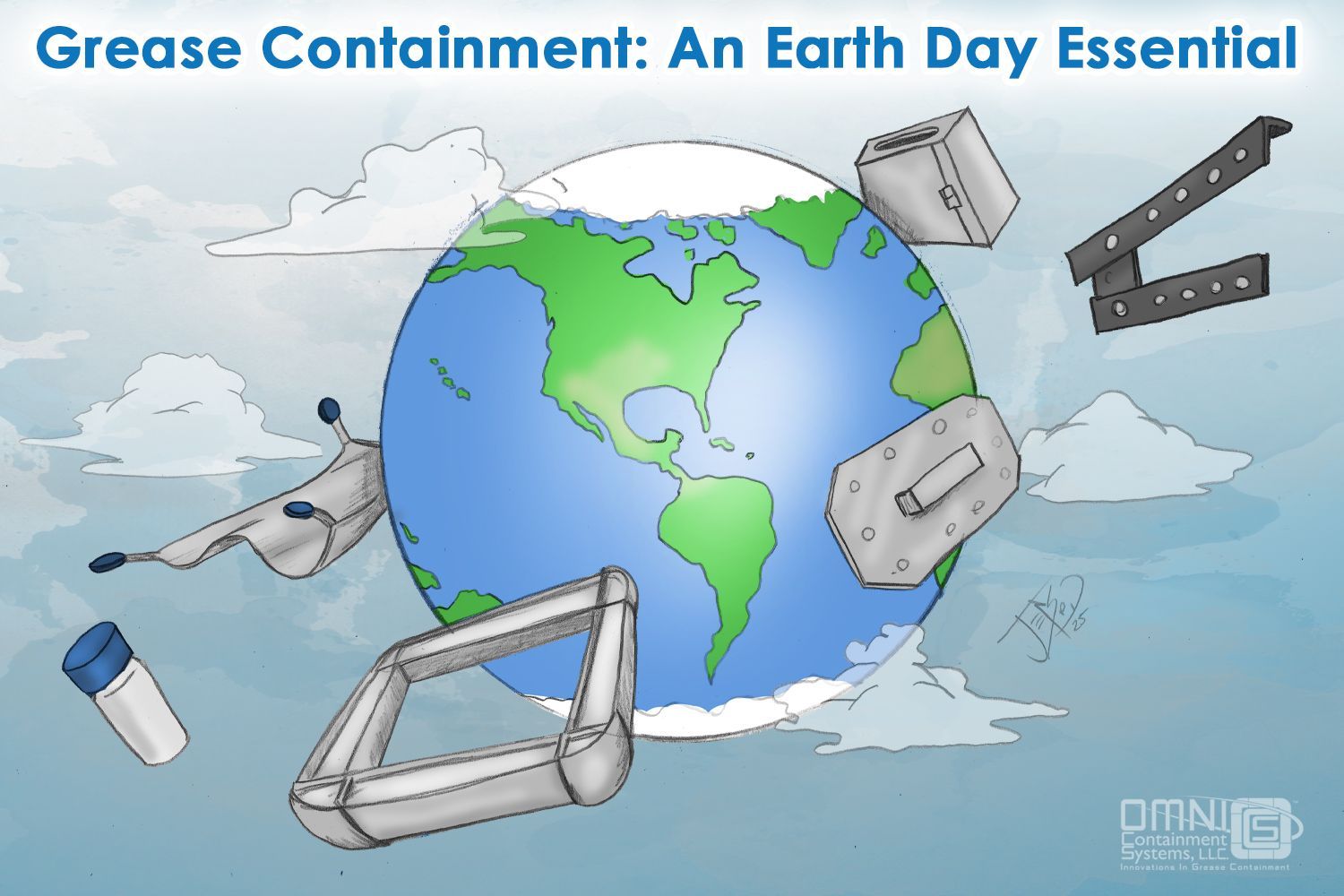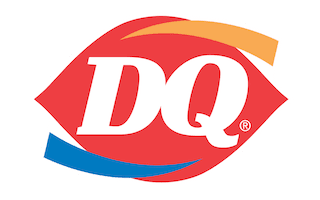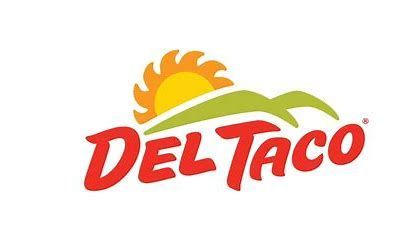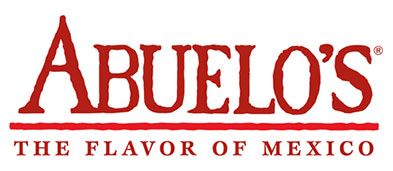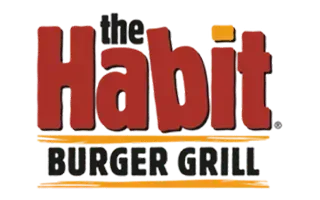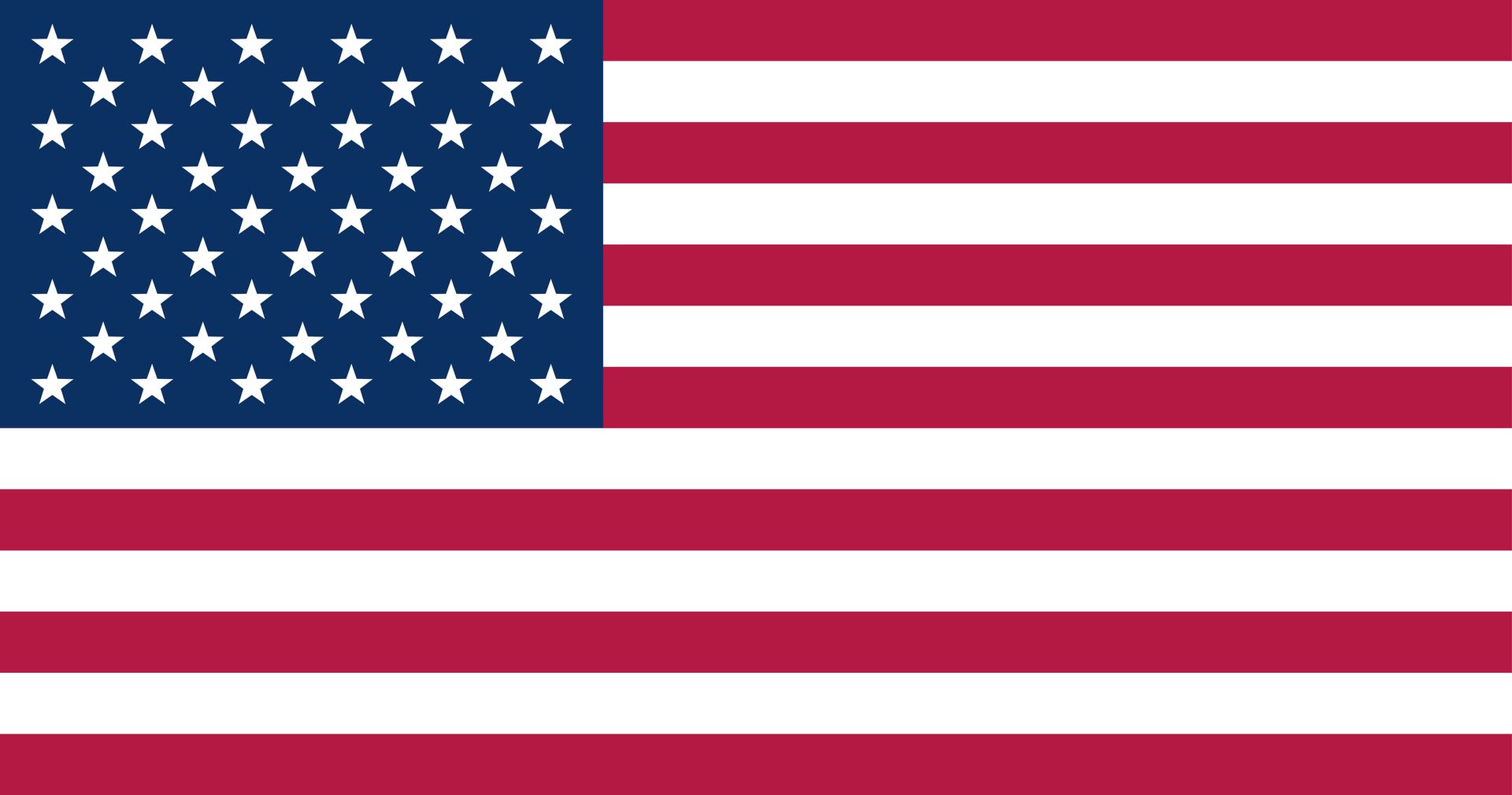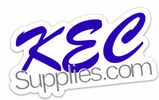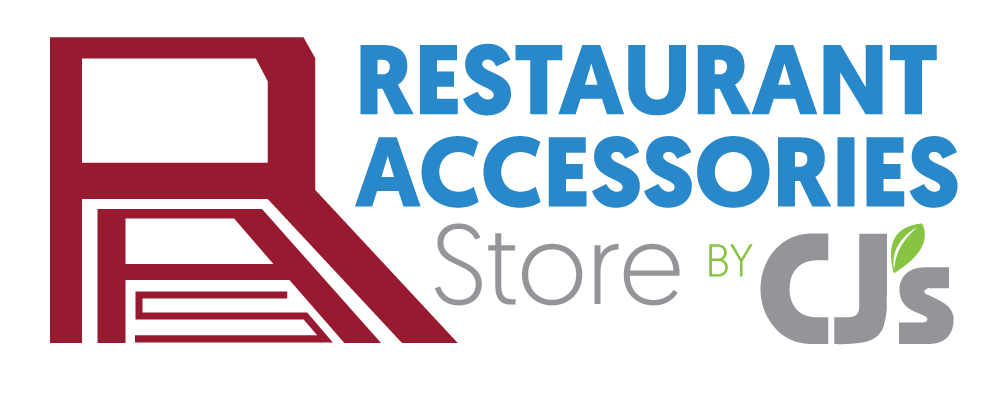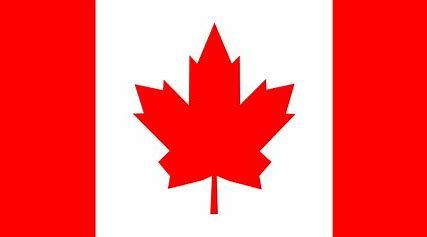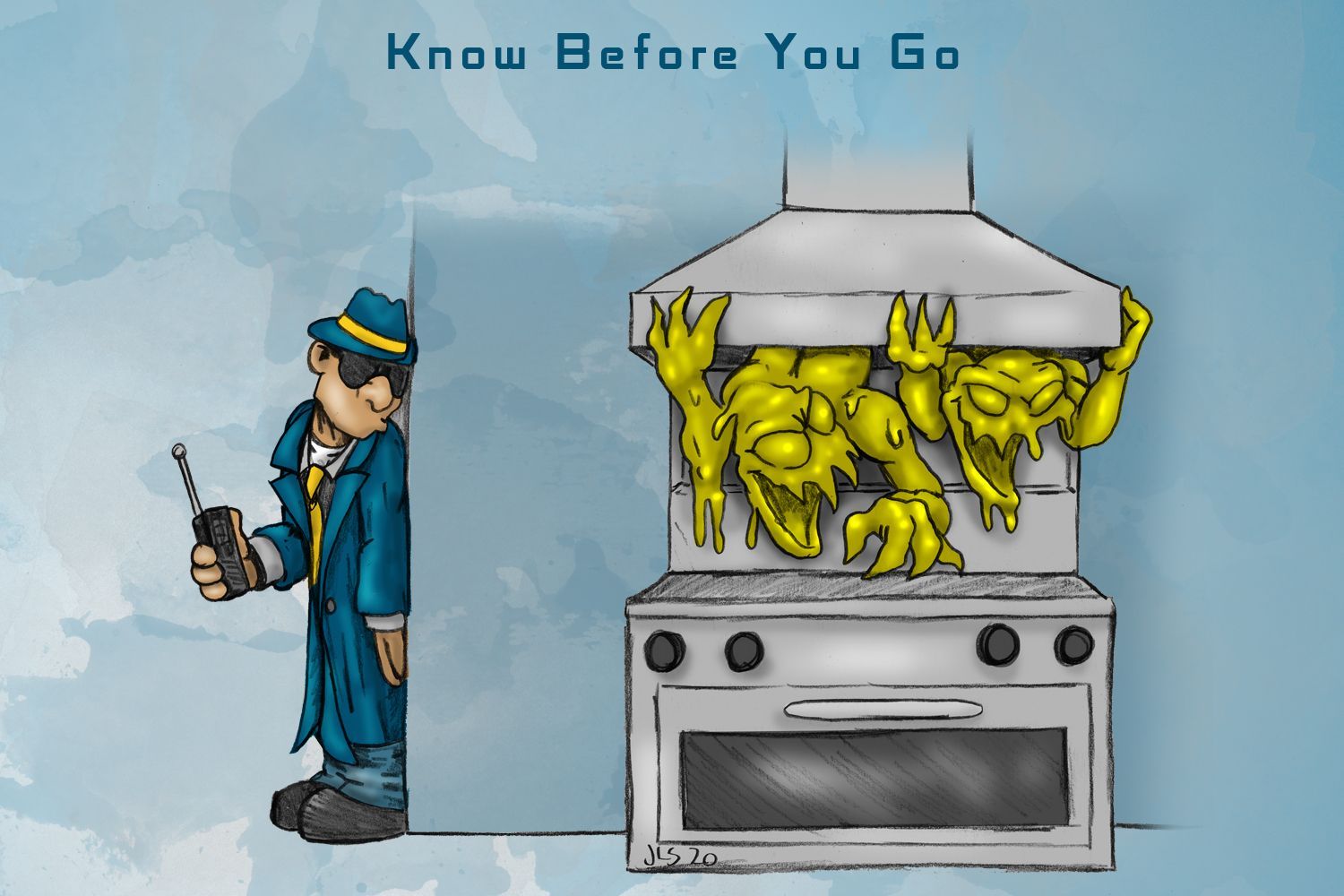
Know Before You Go
If you read our last blog , you know that kitchen exhaust cleaning companies are under a certain amount of duress due to the pandemic. While some restaurants are still serving food in the form of to-go or curbside, these restaurants still need the grease and buildup removed from their exhaust systems. Kitchen exhaust cleaning companies are essential, and it’s during times of uncertainty that having a plan in place is also essential. The team at Omni Containment and Omni Supply put together this list for our kitchen exhaust cleaning friends. Here, we detail things you should know before you go to a new location for cleaning.
Type of Building
The type of building your customer is in will set the foundation for how you can and can’t service them. If they are a stand-alone restaurant, there isn’t much to consider (building wise) aside from roof height. However, if they are in a mall or strip mall, things may look a little different.
Some things you need to be mindful of when working with a restaurant that is part of a strip mall or regular mall are having certificates of insurance needed on file and understanding the buildings security requirements, having a longer power wash hose, assessing electric access on the roof, allowing for ample setup time as where you park may be distant from your access point, and having more vertical and horizontal ductwork to work with (discussed further below).
Type and Number of Hoods
There are essentially two types of hoods: Type I and Type II. The biggest difference between these two hoods is that type I hoods are equipped to handle grease removal from the air, while type II hoods are designed for kitchens without grease production. This is why type I hoods are commonly referred to as “grease hoods.”
Type I hoods are required to be installed at or above deep fat fryers, broilers, fry grills, steam kettles, hot top ranges, ovens, BBQs, rotisseries, or any other grease or smoke producing equipment. Type II hoods are used to remove steam, vapor, heat, odors, and moisture from appliances that do not produce grease. They would be installed above appliances like coffee machines, pizza ovens, general ovens, and commercial dishwashers. During your pre-inspection phase, you will want to figure out how many hoods of each type there are, so you can be prepared for their first cleaning.
You will also want to be mindful of the equipment under each type of hood. When you understand the equipment, you know how much grease buildup they are going to output. For example, a soup kettle won’t put out much grease, so the hoods above them may only need to be cleaned once per year. However, for something with a higher grease output, like a char grill, the hood above that would need to be cleaned at least four times per year.
Type, Number, and Size of Filters
There are two common filter materials, stainless steel and aluminum. Stainless steel filters are more durable and easily washable; they can be placed in the dishwasher or soaked in water, or can be cleaned by hand or with a pressure washer. These come in an array of styles and sizes. Aluminum filters are more economical for lower-volume kitchens. They are not as durable as stainless steel and are best cleaned by hand. They should not be placed in a commercial dishwasher. Aluminum is more susceptible to corrosion at high temperatures and is more sensitive to harsh cleaning chemicals.
You will want to be mindful of the type of filters used in your customer’s restaurant so you can treat them accordingly, as well as how many there are and their size. Knowing how many there are will prepare you to have an educated guess at how long cleaning them will take and knowing their size will allow you to bring the properly sized equipment and products to clean them. If you underestimate either of these, it could pose time management problems in the future.
Evaluate Duct Status
Ducts may be the most time-consuming part of the kitchen exhaust cleaning process, so it’s important to be prepared for that particular customer’s ducts to save time. You will need to assess if the customer has vertical or horizontal ducts, or both. You will also need to assess the length of the duct(s) and their accessibility. Understanding the length, number, and location of ducts before you go will help you better prepare your equipment. In addition, inspecting them beforehand will give you an opportunity to suggest required access panels to include in your bid and install on the first visit.
Evaluate Fan Status
In addition to evaluating duct status, you will need to evaluate your customer’s fan(s). You will need to know the type of fan they have and how many. In addition, you might want to be prepared with some Grease Away if your customer hasn’t set up their fan properly and they have grease spilling over onto the roof. You will also want to note the location of fan switches and breakers.
Additional Tips
If you need special equipment for your customer, you will find out what during your pre-inspection process. You may need to bring a ladder or several, Grease Away, extra hose, pressure lines, or anything you deem necessary. Be sure to also take notes of the building’s access. Are there security guards, alarm codes, or other building notifications? You will need this information.
Additionally, you will need to have general information about your new client. Things like hours of operation, who you will work with/schedule with, key and alarm codes, any special concerns, and the date of their last cleaning. Write down all the information you learn during the pre-inspection phase in a client document and save it in their client folder. You can even create one template document to use across all clients, ensuring all your data samples are correct, accurate, and complete.
Finally, if new customers are weary about you coming in for a pre-inspection, the NFPA suggests performing video inspections. “We need to be as creative and forward-thinking as possible to ensure that communities remain adequately protected from fire and other emergencies,” said Kevin Carr, senior fire protection specialist at NFPA. You can access the release for remote video inspection guidance here.
Share This Blog Post!
